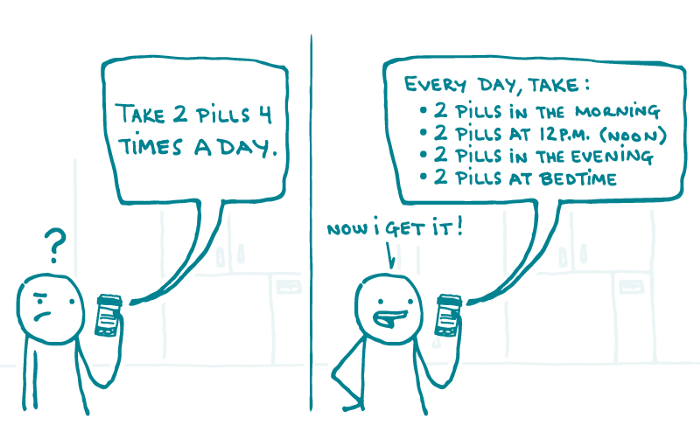
One type of stylistic writing is what’s called plain language. Perhaps despite its name, it means to take something and, where needed, rephrase it in such a way that it’s more easily understood by the greatest number of people—all without changing the essential meaning of what’s being communicated.
This often means reducing the the number of words in a useful way, but it doesn’t have to. Sometimes, the word count can actually increase.
Health Literacy Headquarters discusses this:
When writing about health in plain language, the fact is that sometimes you need a lot of words to tell your readers what they need to know. And while you may feel like this is at odds with your clear communication instincts, it really isn’t!
In general, it’s best to fight the urge to use a more complex phrase just to lower your word count.
- You may have swelling at the injection site.
- You may have swelling in the place where you got the shot.
In this example, the second version is more immediately understandable to a larger number of people than the first, even though it uses more words. Only if the audience of the writing were medical professionals, or if the document were a scientific article, might injection site be more appropriate.
Public Works and Government Services Canada also explains this concept:
The purpose of a plain-language approach in written communication is to convey information easily and unambiguously. It should not be confused with an oversimplified, condescending style. Rather, by choosing straightforward vocabulary and sentence structures and by organizing and presenting your material clearly and logically, you can save the reader time and effort and ensure that your message will be clearly understood.
For example:
The following sentence becomes much more transparent if the two verb-noun phrases are replaced with verbs:
not
- The recommendation of the committee favoured continuation of the applied research.
but
- The committee recommended that the applied research continue.